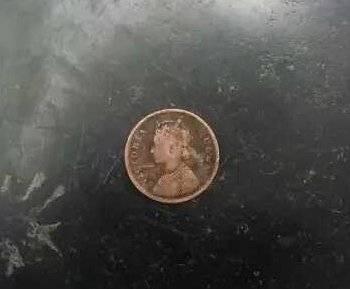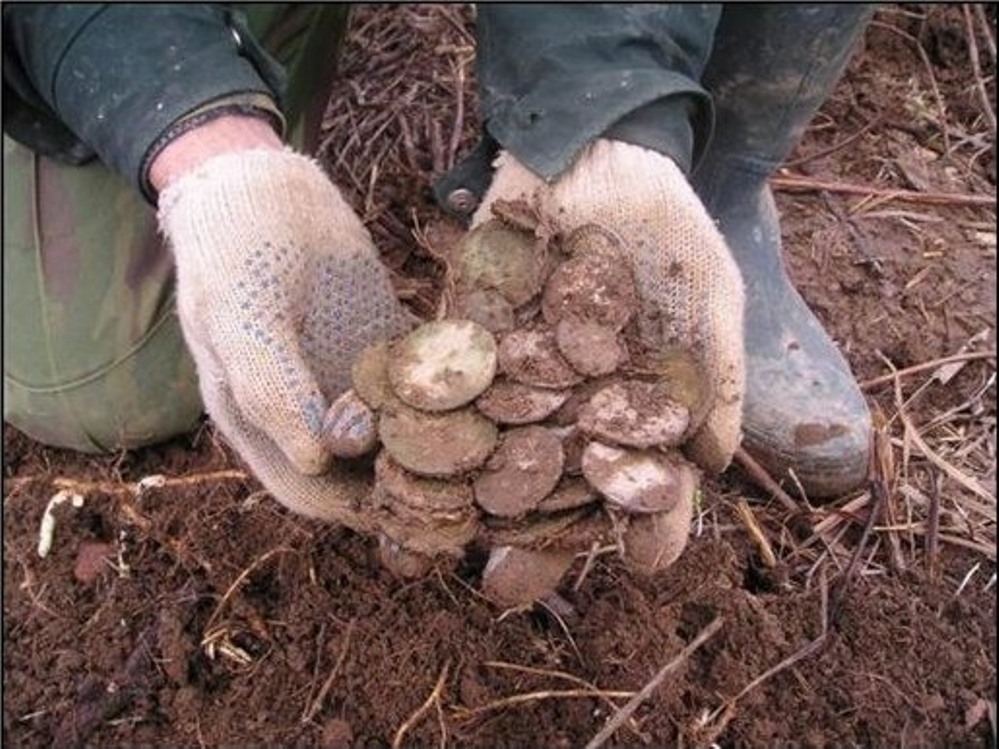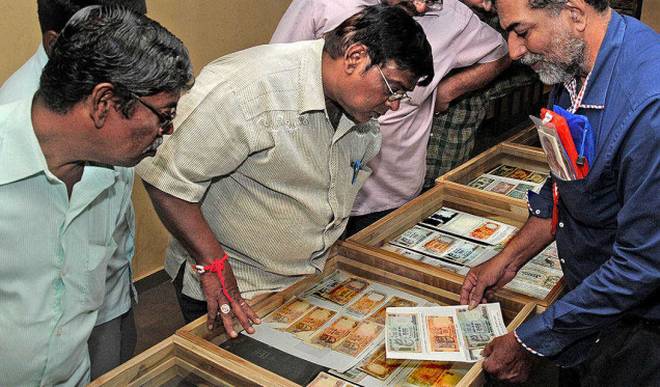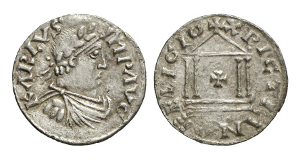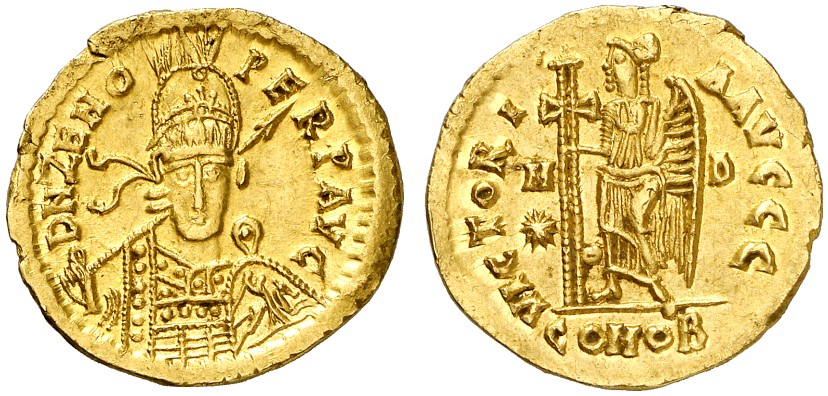Numismatics Museum in Nicosia
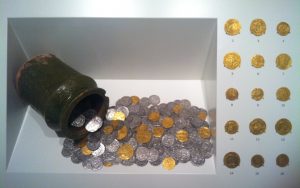 The ancient Greeks attributed the invention to heroes of myths, and the Romans to their gods Janus and Saturn (they believed that the oldest coins were made by Janus in honor of the god of time, who came to Italy from the island of Crete). Coins as a reflection of the era of their creation and existence: face value and weight, and most importantly, images and legend – all this has a long history in each case and reveals to the modern researcher, and simply to an inquiring mind, secrets and pictures of the past.
The ancient Greeks attributed the invention to heroes of myths, and the Romans to their gods Janus and Saturn (they believed that the oldest coins were made by Janus in honor of the god of time, who came to Italy from the island of Crete). Coins as a reflection of the era of their creation and existence: face value and weight, and most importantly, images and legend – all this has a long history in each case and reveals to the modern researcher, and simply to an inquiring mind, secrets and pictures of the past.
The museum was established in Nicosia in 1995 and since then it has remained unique in Cyprus. A large part of the Numismatic Collection of the Foundation is represented in the permanent exhibition and shows a reflection of the turbulent history of the island, starting with the first coins minted here in the 6th century. BC e. and up to our days.
The collection was started even earlier: its history began with the creation of the Cultural Fund of the Bank in 1984, when the Bank of Cyprus transferred to its collection, along with works of art, rare documents and antiquities, also a small collection of Cypriot coins, mainly from the Middle Ages. These coins became the main collection, which eventually turned into a significant museum collection, covering the entire spectrum and all the historical eras of Cypriot banknotes minting.
Interesting: from the very beginning, the collection also includes a bronze coin of the Roman period, presented to the Bank by a member of the Board of Directors of the group. This coin has a legend “ΚΟΙΝΟ (Ν) ΩΝ” (League of Cypriots), which was a symbol of the unity of the peoples of the island. The very same coin – the official logo of the Bank of Cyprus since 1963.
The exposition (which is more than 500 coins in 23 storefronts) is built not only chronologically and is divided into 9 periods. The territorial principle is also involved here, which is undoubtedly interconnected: in different eras, one or another city-states — their numismatics — stood in Cyprus and are shown in separate display cases indicating the place of origin of the discovered treasures. Each showcase has a brief introductory text, which is complemented by appropriate illustrative material. Coins that have the greatest significance for each historical period are presented on an enlarged scale in the context of explication. Each exhibit has a brief description of the size, weight and image of obverse-reverse.
A little bit about numismatics and making coins
Numismatics (from the Latin word “numismatis” – “coin”, and that, in turn, from the ancient Greek “nomism – nomizmatos”, which means: “established custom, generally accepted order”; and again – “coin”) is an auxiliary historical discipline studying the history of coin minting and money circulation. Its social functions include the identification of numismatic cultural monuments, the study of characteristic facts, relationships and processes that contribute to a deeper understanding of history and to filling the existing gaps.
A coin, as we all know, is a banknote made of metal or another material of a certain form, weight and dignity.
It is known (at the mention of Herodotus of Helicarnassus, the ancient Greek historian) that the most ancient coins appeared in Lydia – the Asia Minor state about 685 BC, with Tsar Ardys. They were made of electrum – an alloy of silver and gold. What did these coins look like? On one side they put a sample, and on the other – an image of the head of an Assyrian lion. The Lydian king Creuse (561-546 BC) set the standard for metal purity (98% gold or silver) and the stamped royal seal on the front side (the head of a lion and a bull), which “provided a guarantee” of the quality of the coins.
After a few decades, coins began to be produced in the Greek city of Aegina. They were minted already in silver, and they differed in form from the Lydian ones. From Lydia and Aegina, coins quickly spread throughout Greece, its colonies, and further to Iran. Then they appeared among the Romans and among many barbarians. But the appearance of coins in antiquity in India (from silver leaf, which are mentioned in the Indian literature of the 5th-4th centuries BC) and in China (from non-ferrous metals by casting) was known only indirectly.
Historians attribute the rapid spread of coins to the convenience of their use for exchange. Nevertheless, there are periods in the history of individual countries when the use of coins for one reason or another has ceased.
Interest in coins, their study and gathering arose back in the Renaissance. The Italian poet Petrarch was a great lover of antique coins. By the middle of the XVI century. in Europe there were already 950 Munzcabinates, and in 1738 IG Schulze gave the first lecture on coins at the University of Halle.
As the science of numismatics took shape only in the XIX century. For example, G. Grote (German numismatist, heraldist and writer) contributed to the beginning of the transformation of numismatics into the socio-historical science.
Let’s go back to Cyprus. Due to its advantageous geographical position, it quickly became involved in the sphere of intensive economic processes in the Eastern Mediterranean region.
